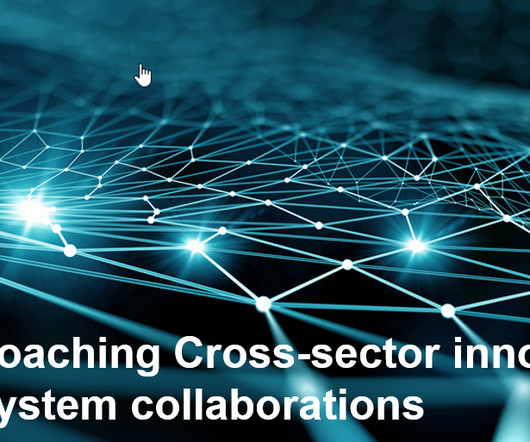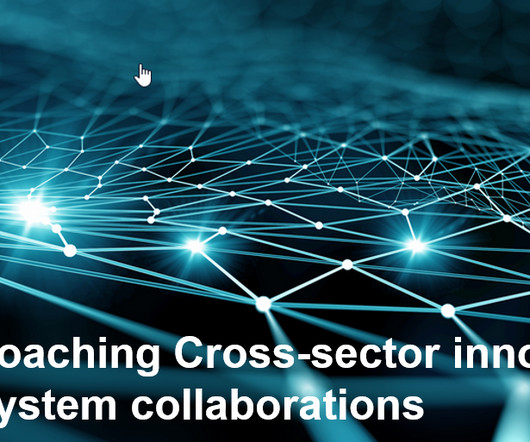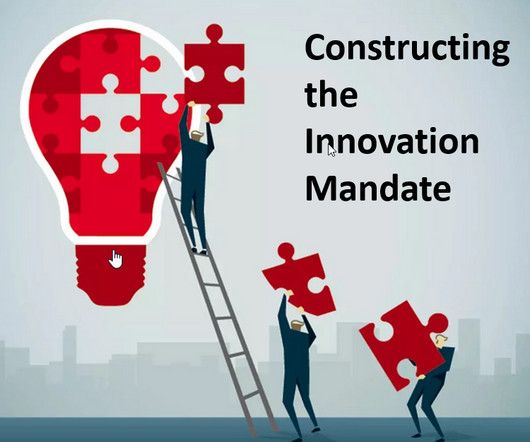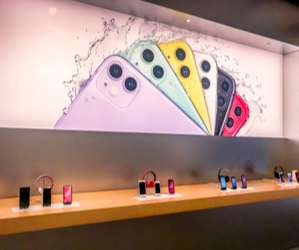Approaching Cross-sector innovation ecosystem collaborations
Paul Hobcraft
APRIL 11, 2023
In a series exploring cross-sector innovation ecosystem collaborations, this is the third post discussing different aspects and the approach to this that needs to be taken as my suggested starting point. Social, environmental and climate challenges need greater collaborations for example.































Let's personalize your content